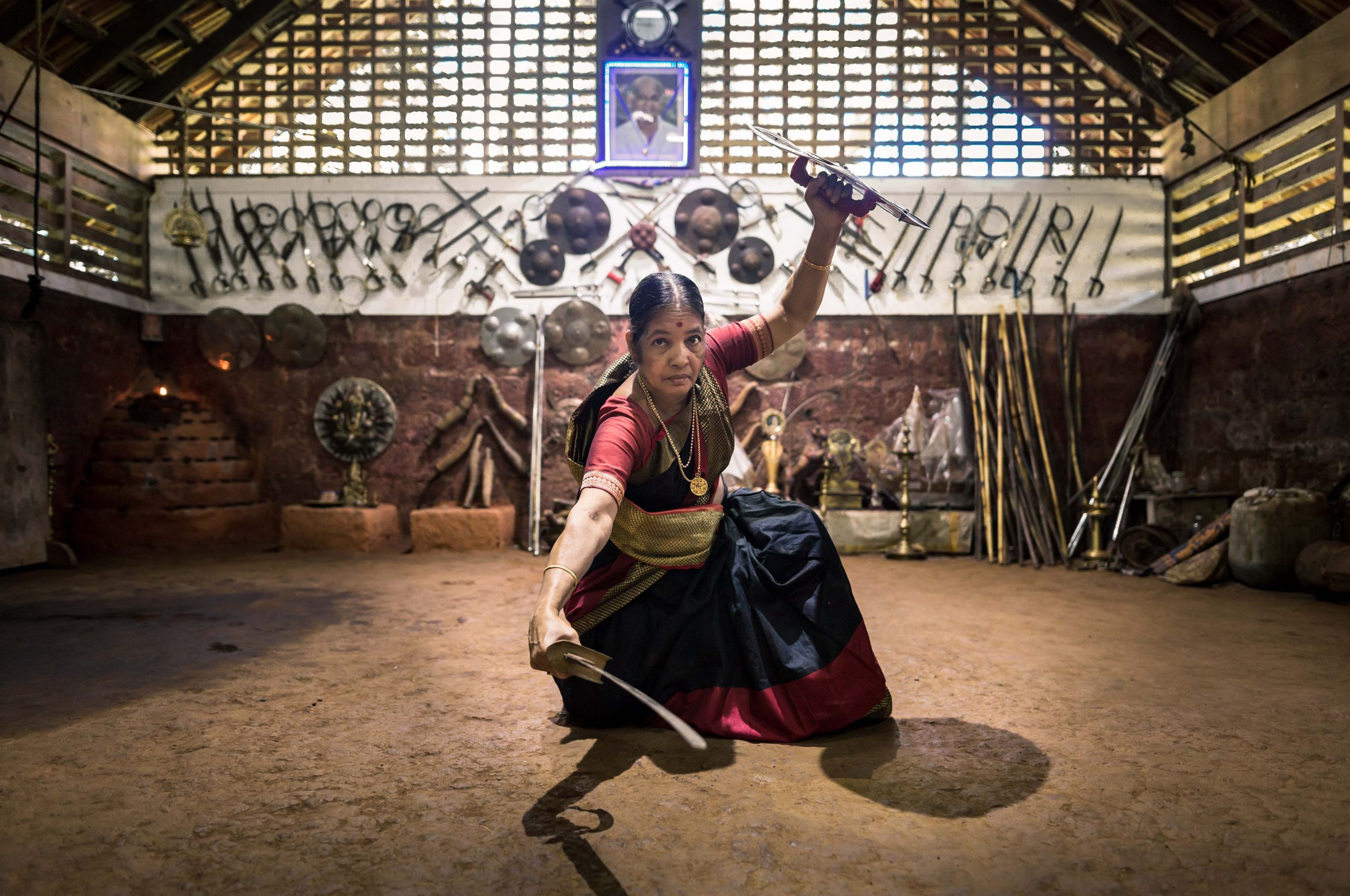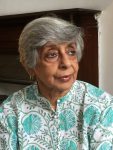WOMEN | PHOTOGRAPHY VII

Editorial
Malavika Karlekar
This edition of the newsletter is particularly resonant for two reasons at the moment. The first, as elections are around the corner in Bangladesh, Ruxmini Choudhury’s timely essay on photographer Anne de Henning’s work takes us on a visual tour of traumatic events half a century ago. The second, Suryanandini Narain’s review of the photobook comes at a time when the Alkazi Foundation has just announced its annual Photobook Grant.
Together with three journalists— all men — Anne de Henning entered the newly-declared independent Bangladesh in April 1971. She returned in 1972 to photograph, then Prime Minister, Sheikh Mujibur Rahman, her images a valuable addition to the archive around the charismatic leader who was to be assassinated three years later. Select images from the photographer’s repertoire were displayed at the December 2021 exhibition in Dhaka titled Witnessing History in the Making. Curator Ruxmini Choudhury’s choice of visuals remind the viewer of the risks involved and, indeed, the dramatic effect of war photography. There are images of young Mukti Bahini cadres (considered the guerrilla resistance movement) with raised fists, their makeshift observation posts, the relentless line of refugees and, finally, a colour image of a confident Mujibur Rahman, the brilliant stripes of the shamiana above imbuing refulgence to a historic moment. If most images were dire, a behind–the-scenes image of a colleague pinning a flag of Bangladesh on Anne de Henning’s shirt brought a much-needed respite to the display. Apart from the intrinsic merit of the photographs, the exhibition reiterated the value of a well-preserved personal archive of a professional.
What They Saw: Historical Photobooks by Women is a ‘restitution of the long, often-forgotten and deep history of feminine engagement with the photobook from 1843–1999.’ The importance of this volume is the chronological redefinition of the photobook, that now covers albums, maquettes, zines, exhibition pamphlets, scrapbooks and artists’ books. While the Great Depression brought childhoods, labour, migration and everyday urban life into visual focus, the post-war era also saw the emergence of multiple feminine identities and the professionalization of women in photography. Between the 1970s and 1999, self-published photobooks looked at individual and autobiographical stories while also addressing wider issues. Even as the digital era changed photography irrevocably, Narain concludes that ‘the photobook remains a document for personal contemplation and inscription of meaning, but as women authors have shown us, their address is universal.’
If photobooks document women’s lives often through their own eyes, the exhibition Truth or Dare at Studio Art in Okhla, New Delhi (10 April – 10 June 2023) documented the lives of some unusual Indian women. Some known, while others live seemingly quotidian lives and yet are pushing boundaries, such as North India’s first female autorickshaw driver, Sunita Choudhary. As the dust has yet to settle on the controversy surrounding wrestlers, Georgina Maddox looks at the women — some from socially less privileged groups — showcased by curator Sandeep Biswas through a slew of films and photographs by women. As Biswas has been exploring the social construct of gender, the images he chose portrayed women’s ‘sense of vigour and determination.’ A little girl skateboards, supported by her single mother, while other women box or dribble the football. A female martial arts’ grand master, septuagenarian Meenakshi Raghavan ‘Gurukkhal’, trains girls and boys in the ancient South Indian martial art Kalaripayattu. In patriarchal Bihar, sari-clad women with sindoor and bindis beat drums vigorously in a women’s-only band, while others have entered the hitherto male-dominated Yakshagana dance form of Karnataka. Archival images of the Gulabi Gang, a group of women dressed in pink sarees protesting for their rights, are timely reminders of the power of the women’s movement, as their visualization adds an important angle to our understanding.
Both the retrospective of Anne de Henning’s work and Truth or Dare showcased the importance of the exhibition space in bringing the visual into the public domain. Carefully chosen photographs underlined women’s roles both behind the camera as well as its subject(s), while for those with a penchant for textual references, the photobook is an invaluable resource.
CONTRIBUTIONS:
THE EYE OF HISTORY: ANNE DE HENNING AND THE BANGLADESH LIBERATION WAR
Ruxmini Choudhury
REVIEW: ‘WHAT THEY SAW’ EDS. RUSSET LEDERMAN AND OLGA YATSKEVICH, 10×10 PHOTOBOOKS, 2021
Suryanandini Narain
WOMEN VIEWFINDERS
Georgina Maddox
 Prof. Malavika Karlekar is Editor, Indian Journal of Gender Studies and Curator of Re-presenting Indian Women: A Visual Documentary, 1875-1947 and the annual calendar based on archival photographs of women, all at Centre for Women’s Development Studies, New Delhi. Since 2001 she has been researching and writing on archival photographs. Her recent publication Of Colonial Bungalows and Piano Lessons: An Indian Woman’s Memoirs (2019), a volume edited and having an introduction by her narrates childhood memoirs of her mother, Monica Chanda.
Prof. Malavika Karlekar is Editor, Indian Journal of Gender Studies and Curator of Re-presenting Indian Women: A Visual Documentary, 1875-1947 and the annual calendar based on archival photographs of women, all at Centre for Women’s Development Studies, New Delhi. Since 2001 she has been researching and writing on archival photographs. Her recent publication Of Colonial Bungalows and Piano Lessons: An Indian Woman’s Memoirs (2019), a volume edited and having an introduction by her narrates childhood memoirs of her mother, Monica Chanda.
Copy-editing/proofing: Mallika Visvanathan